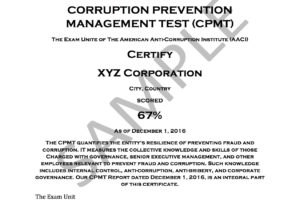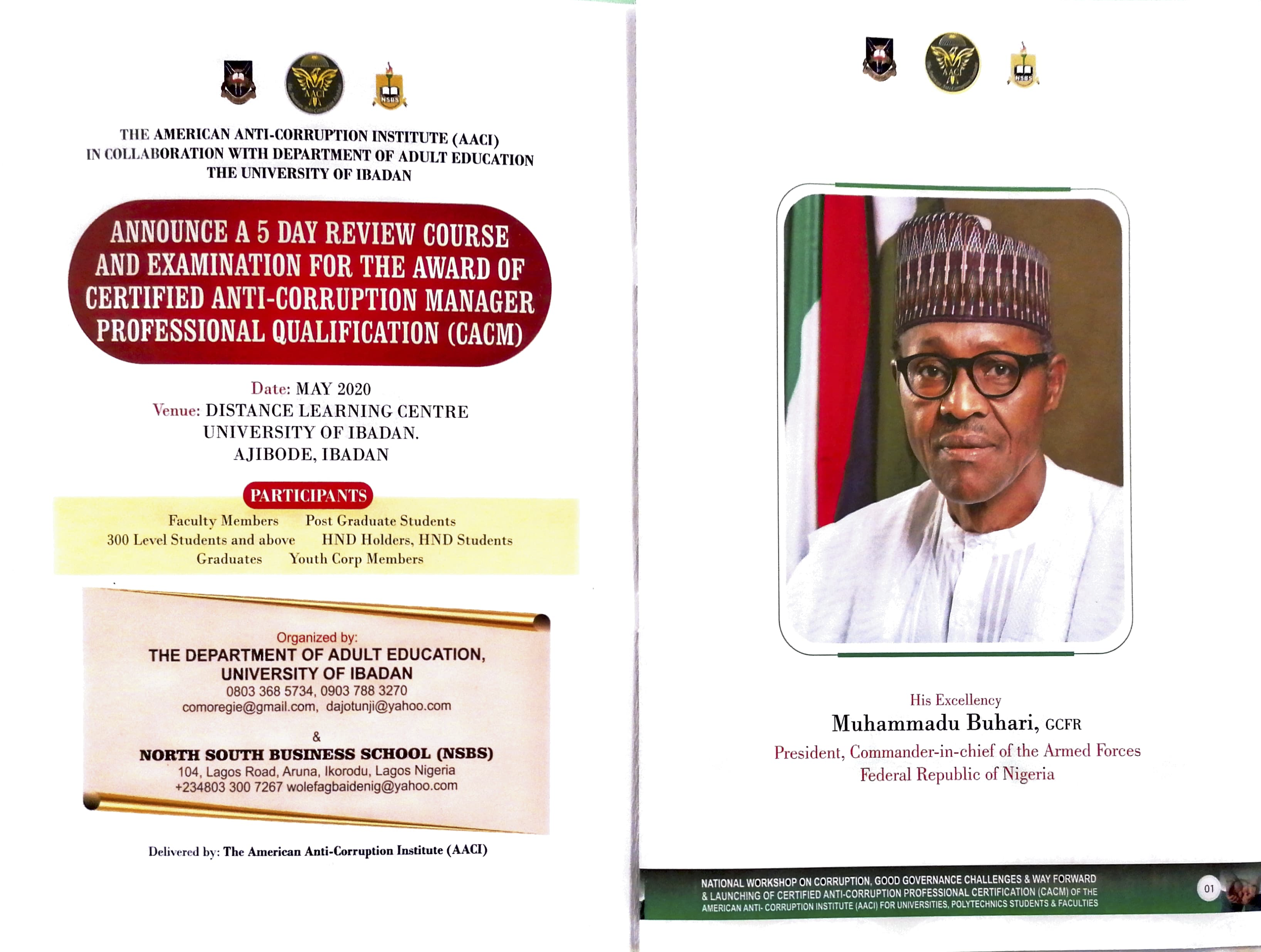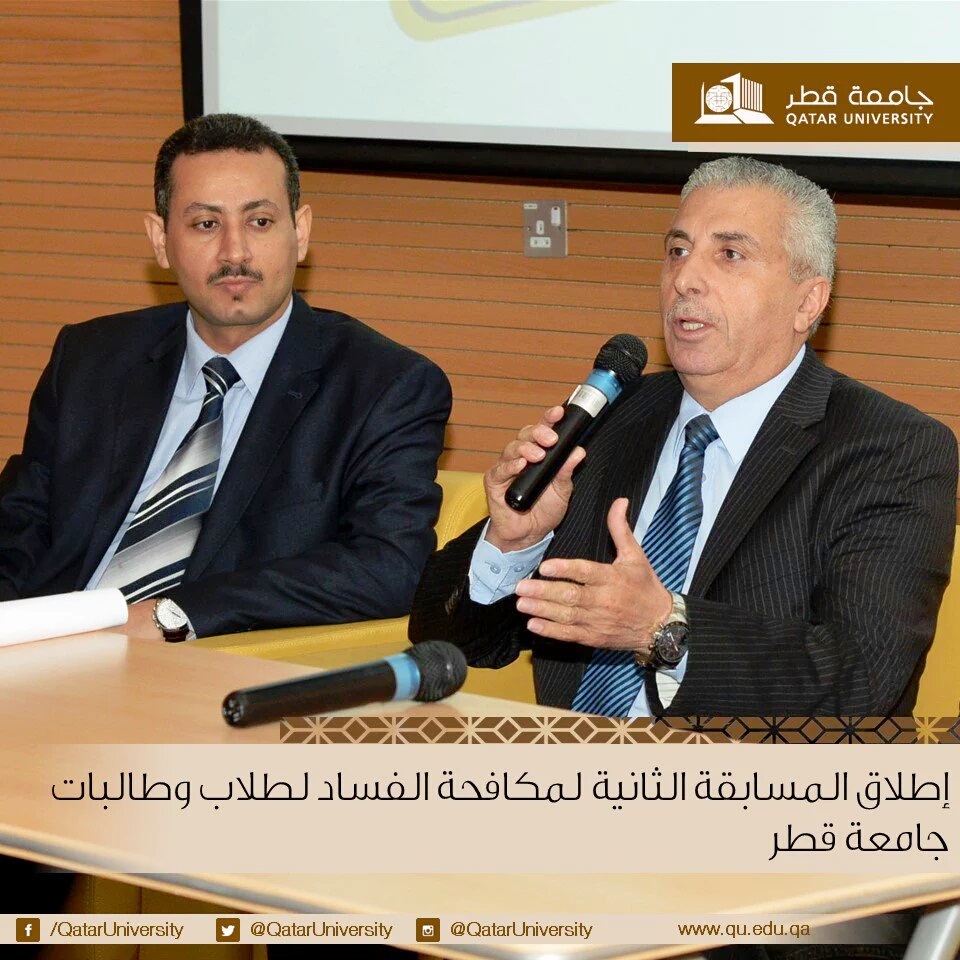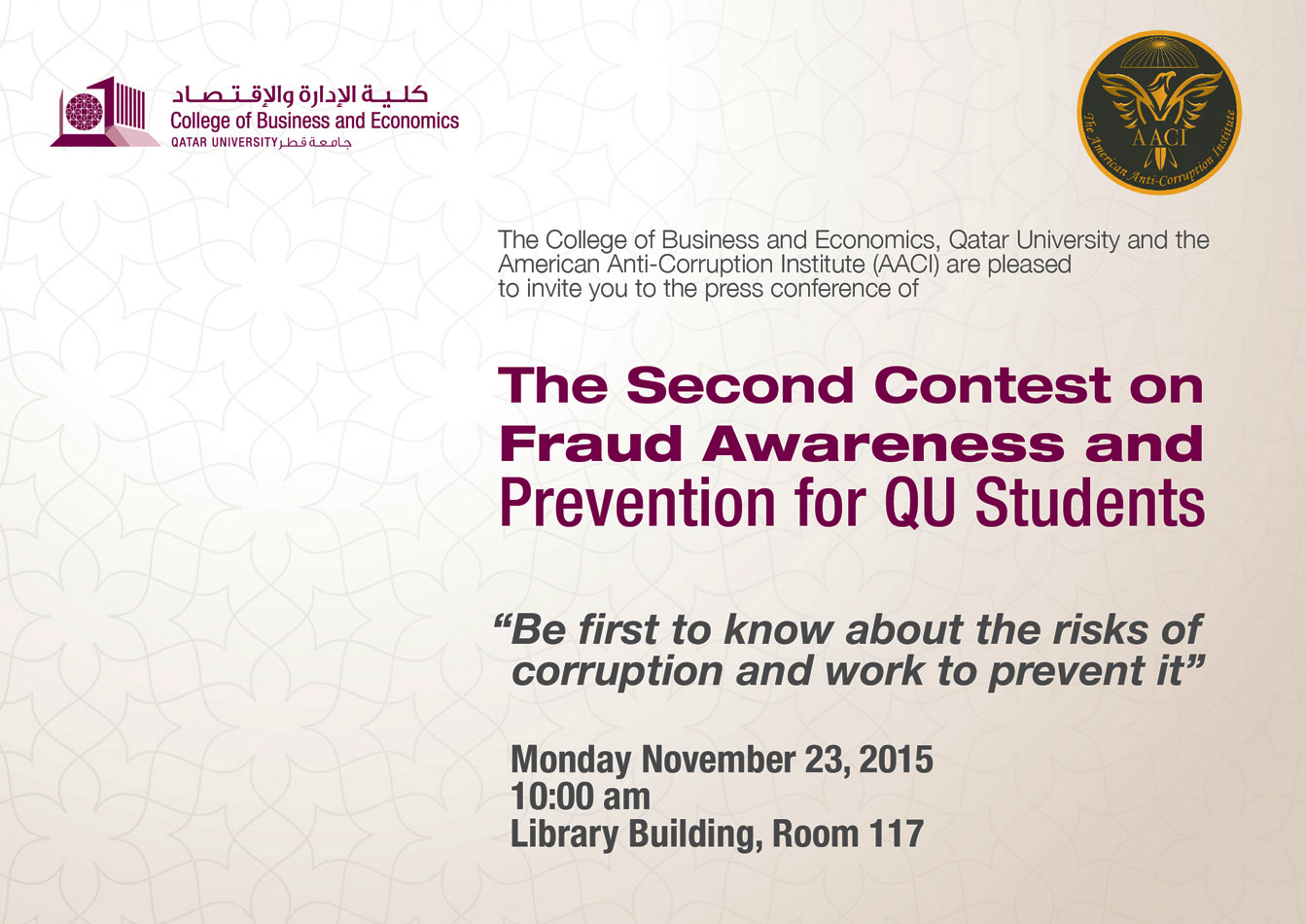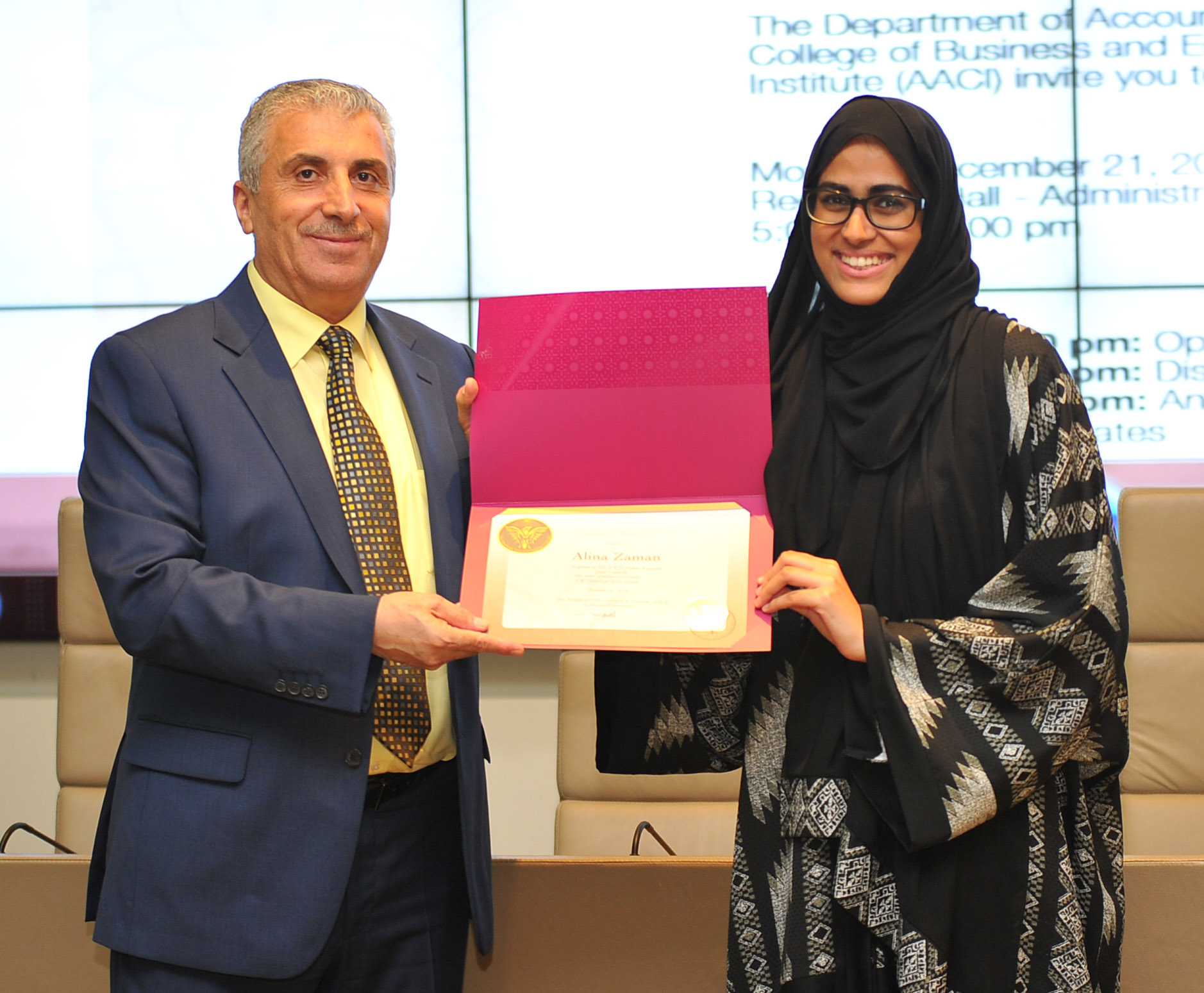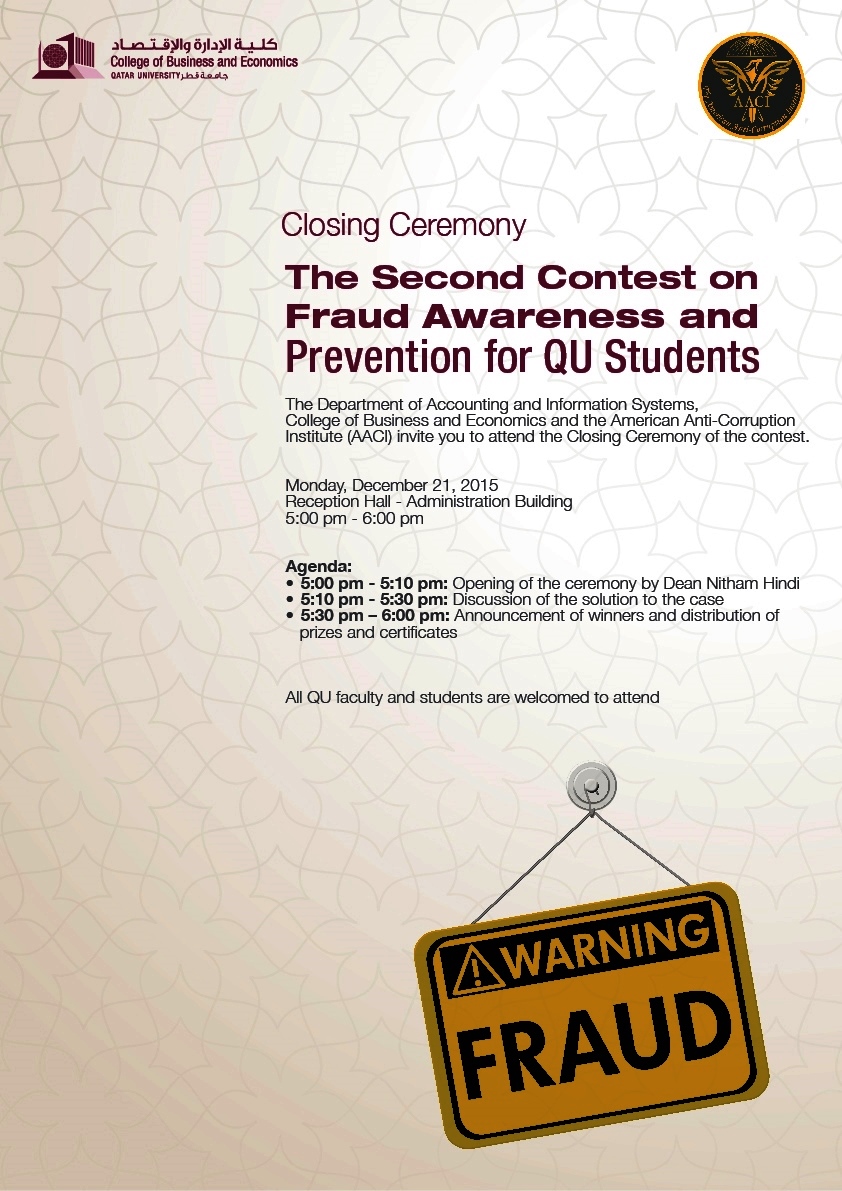Technical Staff
April 17, 2024
Small and Medium-Sized Enterprises (SMEs) play a vital role in the global economy, driving innovation, creating jobs, and fostering economic growth. “They represent about 90% of businesses and more than 50% of employment worldwide. Formal SMEs contribute up to 40% of national income (GDP) in emerging economies.” [1] However, their size and structure can make them vulnerable to various corruption threats. In this blog post, we’ll explore the ten riskiest corruption threats facing SMEs, along with examples and suggested solutions to mitigate them.
1. Bribery and Kickbacks:
Example: A supplier offers kickbacks to an SME’s purchasing manager in exchange for preferential treatment in procurement contracts.
Solution: Implement a robust anti-bribery policy, provide regular training to employees on ethical conduct, and establish clear procurement guidelines with oversight mechanisms.
2. Fraudulent Financial Reporting:
Example: An SME’s accountant manipulates financial statements to conceal embezzlement of company funds.
Solution: Conduct regular internal audits, segregate financial duties, implement strong internal controls, and ensure transparency in financial reporting processes.
3. Conflicts of Interest:
Example: An SME’s executive director awards a lucrative contract to a company owned by a close family member without disclosing the relationship.
Solution: Require employees to disclose any conflicts of interest, establish a review process for related-party transactions, and maintain independence in decision-making.
4. Embezzlement and Theft:
Example: An employee siphons off funds from company accounts for personal use without detection.
Solution: Implement stringent internal controls on cash and banks, conduct regular audits, encourage whistleblowing, and foster a culture of integrity and accountability.
5. Intellectual Property Theft:
Example: A competitor infiltrates an SME’s network and steals valuable intellectual property, such as patents, trade secrets, or proprietary software.
Solution: Implement robust data security measures, restrict access to sensitive information, encrypt valuable intellectual property, conduct regular cybersecurity audits, and educate employees about the importance of safeguarding intellectual assets. Additionally, consider legal protections such as patents, trademarks, and copyrights to deter theft and enforce rights against infringers.
6. Cybercrime:
Example: Hackers gain unauthorized access to an SME’s computer systems and steal sensitive customer data for ransom.
Solution: Invest in robust cybersecurity measures, regularly update software and systems, conduct vulnerability assessments, and provide cybersecurity awareness training to employees.
7. Money Laundering:
Example: An SME unwittingly becomes a vehicle for laundering illicit funds through its financial transactions.
Solution: Implement Know Your Customer (KYC) procedures, conduct due diligence on business partners and customers, monitor transactions for suspicious activity, and comply with anti-money laundering regulations.
8. Nepotism and Cronyism:
Example: An SME’s owner hires unqualified relatives or friends for key positions, bypassing merit-based recruitment practices.
Solution: Establish transparent hiring policies, promote meritocracy, and ensure equal opportunities for all employees based on skills and qualifications.
9. Contract Fraud:
Example: A contractor inflates project costs and submits falsified invoices to an SME for payment.
Solution: Implement robust contract management procedures, verify vendor credentials, conduct competitive bidding processes, and scrutinize invoices for accuracy and legitimacy.
10. Regulatory Non-Compliance:
Example: An SME fails to comply with industry regulations and licensing requirements due to negligence or intentional disregard.
Solution: Stay informed about relevant laws and regulations, appoint a compliance officer, conduct regular compliance audits, and prioritize adherence to legal requirements.
In conclusion, SMEs must proactively identify and address corruption threats to safeguard their reputation, financial stability, and long-term sustainability. By implementing effective anti-corruption measures and fostering a culture of integrity, SMEs can mitigate risks and thrive in today’s complex business environment.
References
[1] World Bank SME Finance (no date). https://www.worldbank.org/en/topic/smefinance (Accessed: April 17, 2024).
Photo by Clem Onojeghuo: https://www.pexels.com/photo/man-standing-in-front-of-bowl-and-looking-towards-left-375889/




